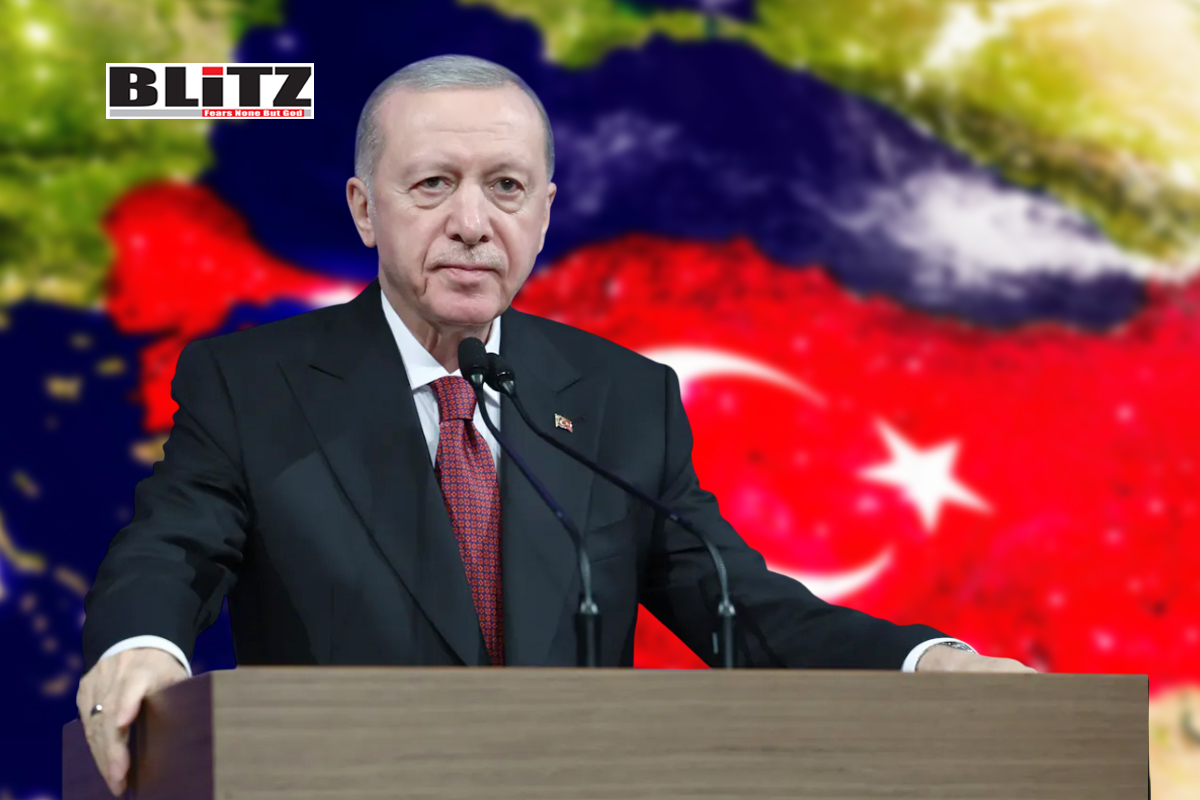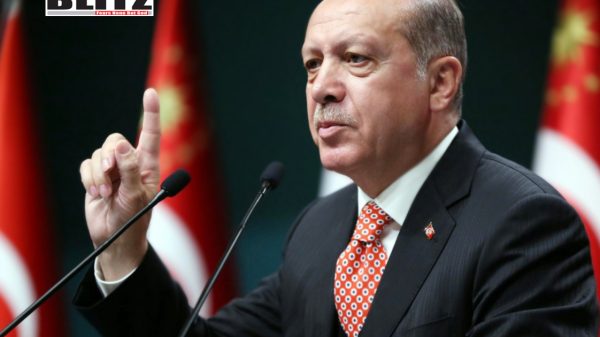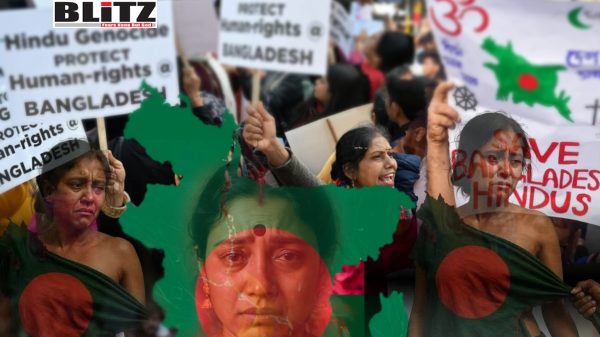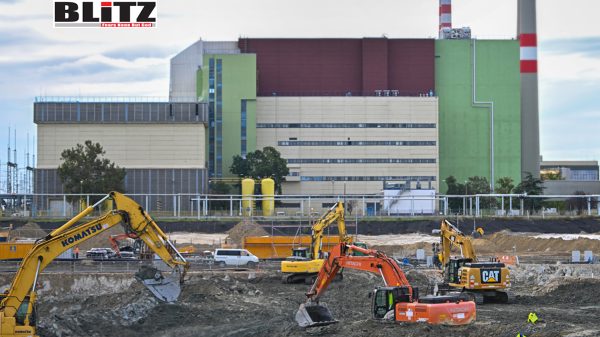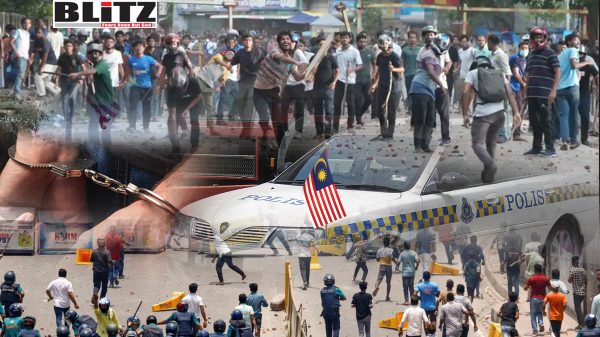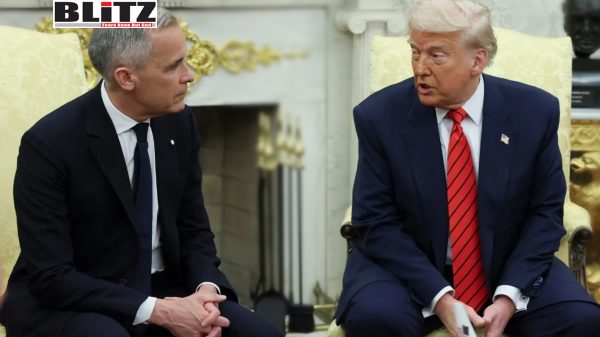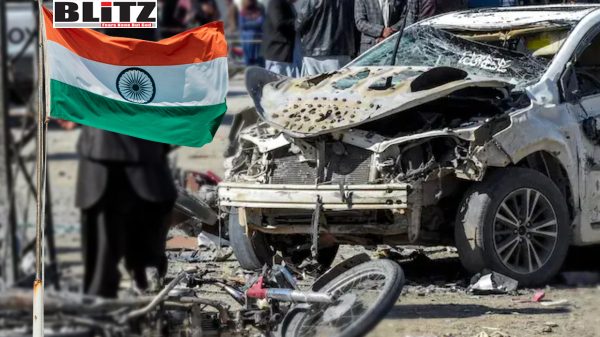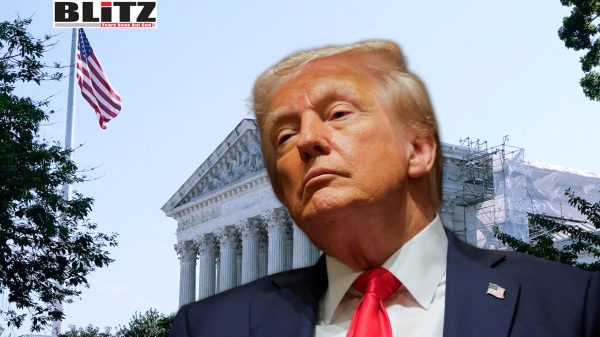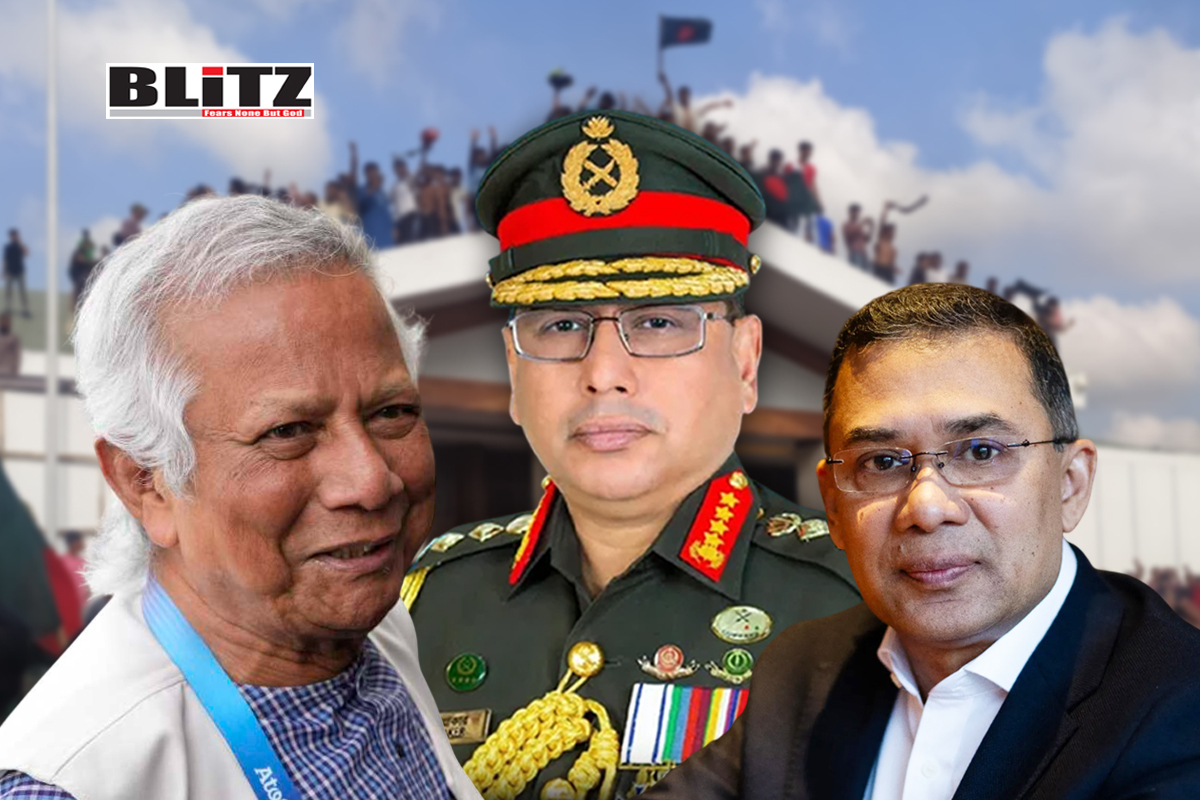BJP, Congress and Turmoil in India’s Rajya Sabha Elections
- Update Time : Sunday, March 3, 2024
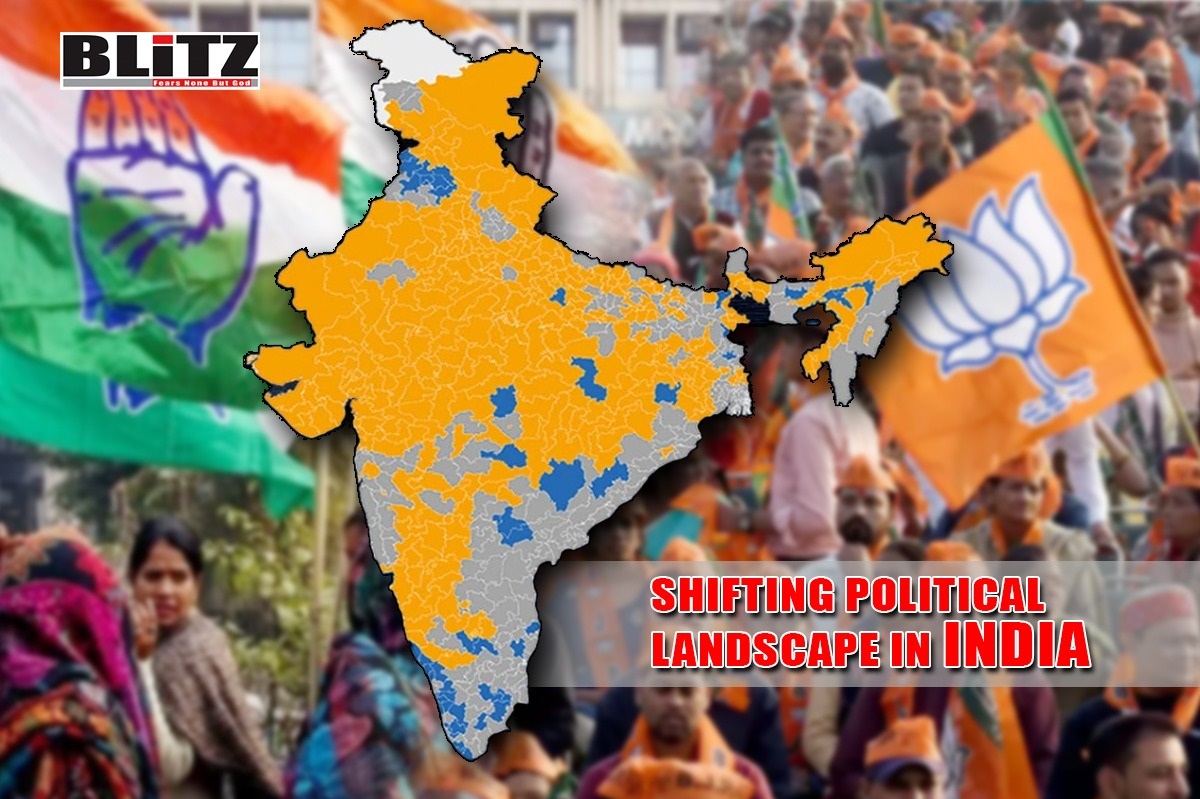
The recently concluded Rajya Sabha elections in India, spanning a total of 56 seats nationwide, have not only reaffirmed the dominance of the Bharatiya Janata Party (BJP) but have also exposed deep-rooted divisions within the Congress party, notably exemplified in Himachal Pradesh. This electoral narrative, characterized by intricate strategic maneuvers and unexpected defections, has fundamentally reshaped the political landscape, heralding a paradigm shift with far-reaching implications for both regional governance and the formulation of national policies.
Out of the 56 Rajya Sabha seats available, an astounding 41 were secured uncontested, a testament to the expanding organizational proficiency and strategic acumen of the Bharatiya Janata Party (BJP). This remarkable feat underscores the BJP’s increasing dominance in electoral strategies. However, the 15 remaining seats, spread across pivotal states such as Uttar Pradesh, Karnataka, and Himachal Pradesh, became the battlegrounds for intense political skirmishes, illuminating the immense significance attached to these pivotal elections. The fierce competition observed in these states reflects the high stakes involved, with parties vying vigorously to secure their respective interests and consolidate their positions in the upper house of Parliament.
BJP’s performance in the Rajya Sabha polls can be deemed nothing short of a resounding triumph, as the party clinched an impressive 30 seats out of the 56 up for contention. This victory not only bolstered the BJP’s standing in the upper house to 97 seats but also solidified the position of the BJP-led National Democratic Alliance (NDA), amassing a total of 117 seats, a mere four short of the coveted majority threshold of 121. With the BJP emerging as the foremost party in the Rajya Sabha, closely pursued by the Congress with 29 members, this heightened strength bodes well for the effective advancement of pivotal legislative agendas, especially in anticipation of the forthcoming general elections.
The electoral landscape in Uttar Pradesh witnessed a tumultuous saga, marred by allegations of cross-voting and strategic maneuvers orchestrated by political rivals. Despite the BJP’s numerical advantage, which could have secured seven seats uncontested, the decision to introduce an eighth candidate precipitated a contest, triggering unforeseen consequences. This move exemplified the intense competition and high-stakes involved in the electoral arena. Concurrently, Samajwadi Party (SP) grappled with internal discord, evidenced by the defection of several legislators and subsequent setbacks in the polls. These developments underscored the volatile and unpredictable nature of regional politics, emphasizing the complexities inherent in navigating Uttar Pradesh’s intricate political landscape.
In Congress-led Karnataka, BJP’s attempts to sow discord among opposition factions led to unforeseen outcomes, exposing the intricacies of coalition governance. The strategic move by BJP to field an additional candidate in a bid to disrupt Congress unity ultimately backfired, shedding light on the challenges associated with navigating complex state-level alliances. This episode underscored the delicate balance of power and the nuanced dynamics inherent within Karnataka’s political milieu, highlighting the complexities of coalition politics in the state.
However, the most profound repercussions unfolded in Himachal Pradesh, where the Congress government, under the leadership of Chief Minister Sukhvinder Singh, was engulfed in a crisis of confidence. The defection of nine Congress lawmakers to the BJP not only led to the defeat of Congress candidates in the Rajya Sabha elections but also exacerbated internal factionalism within the state unit. This defection highlighted deep-rooted discontent with Sukhvinder Singh’s governance approach and intensified calls for a leadership change. Dissenting party members, including state party chief Pratibha Singh and her son Vikramaditya Singh, spearheaded the demand for a change in leadership, underscoring the profound rifts within the Himachal Pradesh Congress and the urgent need for resolution amidst the growing political turmoil.
The power struggle within the Himachal Pradesh Congress has been aggravated by BJP’s claims of insufficient majority support for the incumbent government. The suspension of opposition BJP members from the legislative assembly, along with efforts to disqualify defecting Congress legislators, underscores the escalating contest for political dominance within the state. These actions underscore the heightened tensions and the fierce battle unfolding for control and influence over the political landscape of Himachal Pradesh.
As India prepares for the upcoming general elections, the implications of the Rajya Sabha elections reverberate beyond regional confines. The BJP’s strengthened control of the upper house paves the way for a more assertive legislative agenda, shaping national policymaking. Concurrently, the internal strife within the Himachal Pradesh Congress presents formidable obstacles to the opposition’s electoral aspirations. These developments underscore the critical juncture at which Indian politics finds itself, with far-reaching consequences for the country’s governance and future political landscape.
The results of the Rajya Sabha elections serve as a bellwether for India’s evolving political landscape, marked by dynamic shifts in alliances, calculated strategic moves, and internal party tensions. As political stakeholders reassess their tactics ahead of the imminent electoral showdown, the reverberations of these elections are poised to exert a profound influence on the trajectory of Indian politics in the coming years. The intricate interplay of competing interests and the ever-changing dynamics within parties underscore the fluid nature of India’s political environment, setting the stage for a period of significant transformation and realignment in the nation’s democratic process.


